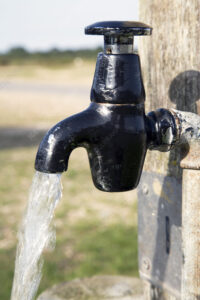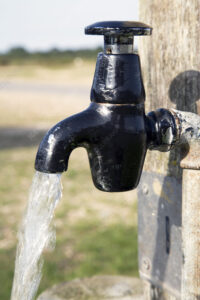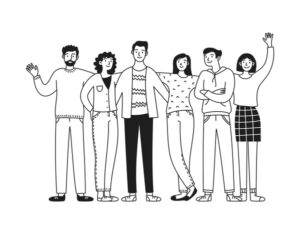Iguaçu Falls is breathtaking. Composed of 275 waterfalls, it is located in both Brazil and Argentina. Shared between Iguaçu Park in Brazil, and the Iguazú National Park in Argentina, it is a reminder of the permanence of nature. States and borders are artificial; nature obeys its laws. The Iguaçu Park was created in 1939 and is home to a dazzling diversity of flora and fauna. Shops, restaurants, and hiking trails all have a place in the park, but the highlight of the tourist trail is the anticipated Iguaçu Falls.
The word iguaçu means “large water”, in the Tupi-Guarani language, and there are 19 main waterfalls. Five on the Brazilian side (Floriano, Deodoro, Benjamin Constant, Santa Maria, and União), and the remaining 14 in Argentina. The tour is not to be missed. In 2-4 hours, tourists can see the parks and the Iguaçu Falls in all their glory. To start the tour, a bus takes tourists to the beginning of the track. The walk between the Brazilian rainforest is simply breathtaking, the falls viewable from various angles. For those wanting a birds-eye view, there is always a helicopter tour. For the daredevils, water rafts are available. When hunger strikes, the park restaurant is always available. The tour concludes with a trip to the visitor center, where tourists can snap up a souvenir.
The landscape of the Iguaçu Falls was the first Brazil Conservation Unit to be established as a World Natural Heritage Site by Unesco in 1986. The city of Foz do Iguaçu in Paraná receives more than one million visitors a year, determined to see the natural beauty of the falls as the parks are between the borders of Brazil and Argentina, the tours are separated; consequently, the Brazilian and Argentine Park and tickers are also separated. If you want to see an amazing show, visit the Iguaçu Falls during October and March, there is the largest volume of water in the falls in that season.
The city of Foz do Iguaçu is a reference in sustainability, as it meets many Sustainable Development Goals (SDGs): sustainable production and consumption, the basic sanitation network and population served with water and sewage services, population served with household collection and selective collection, and access to electricity in households. The city also relies heavily on sustainable tourism, meaning the community is involved in the process.



